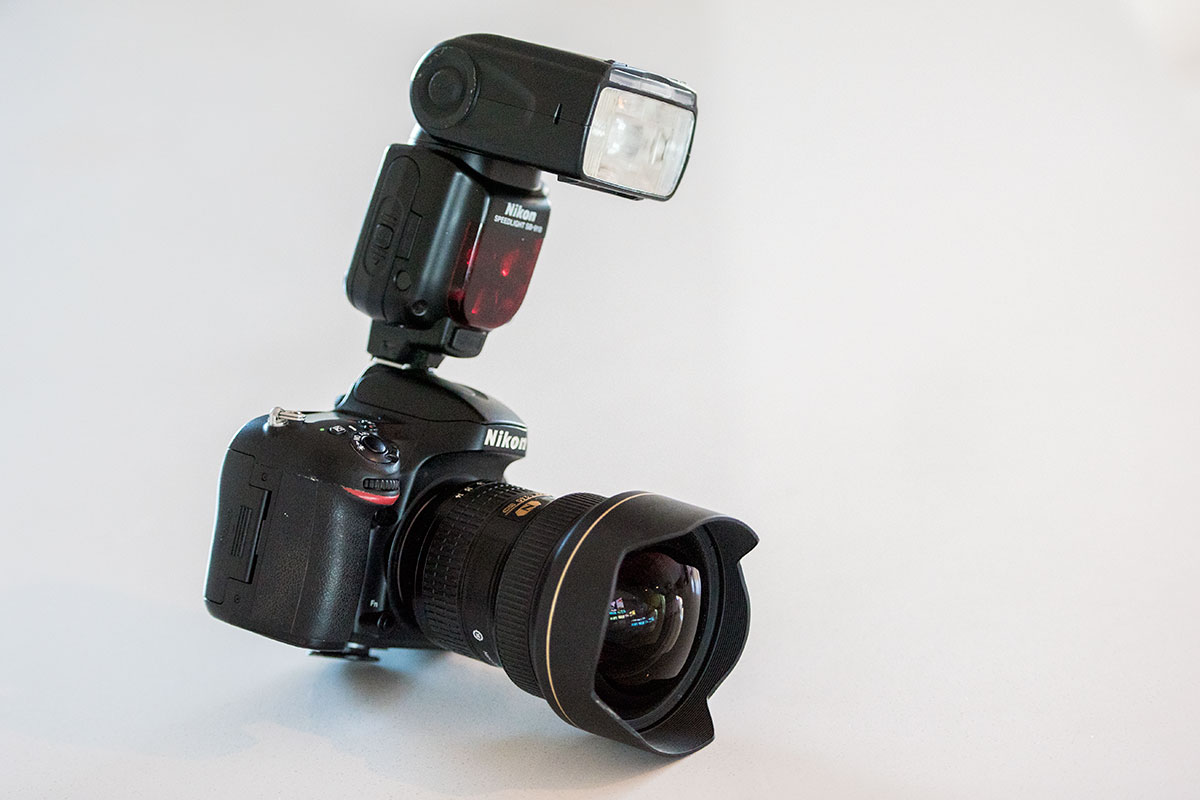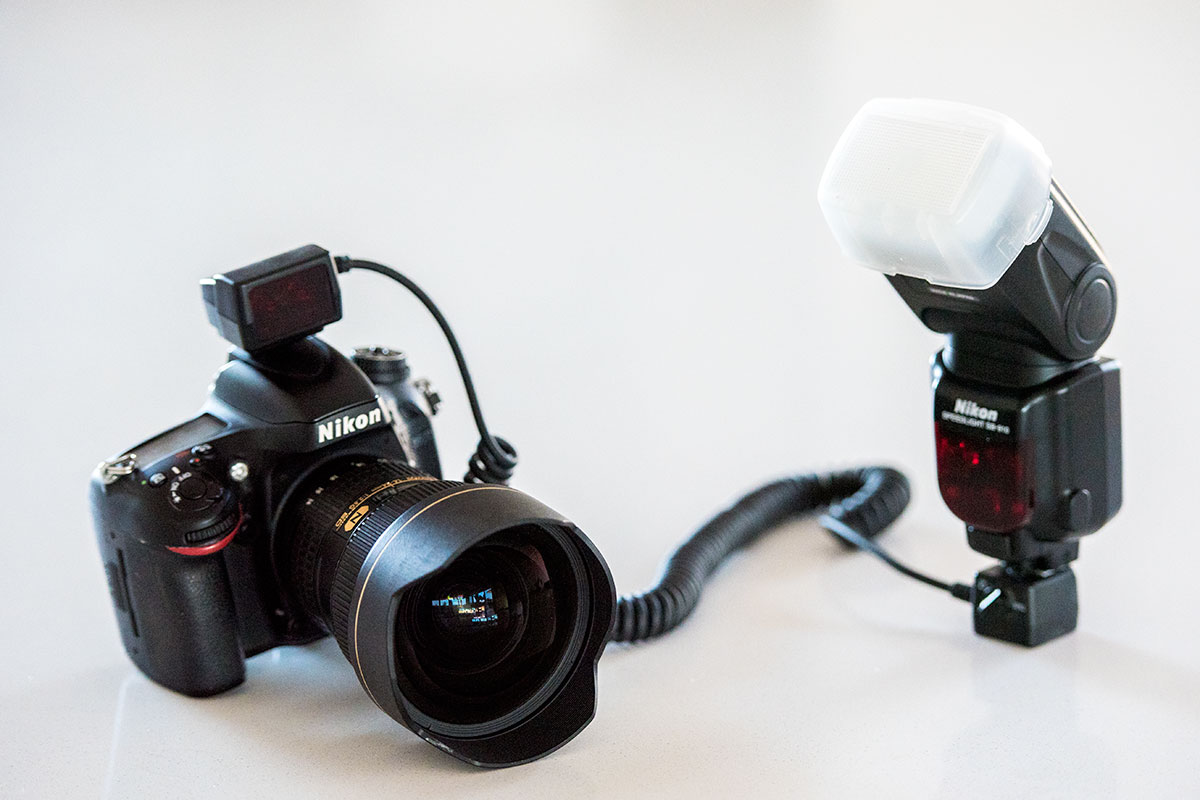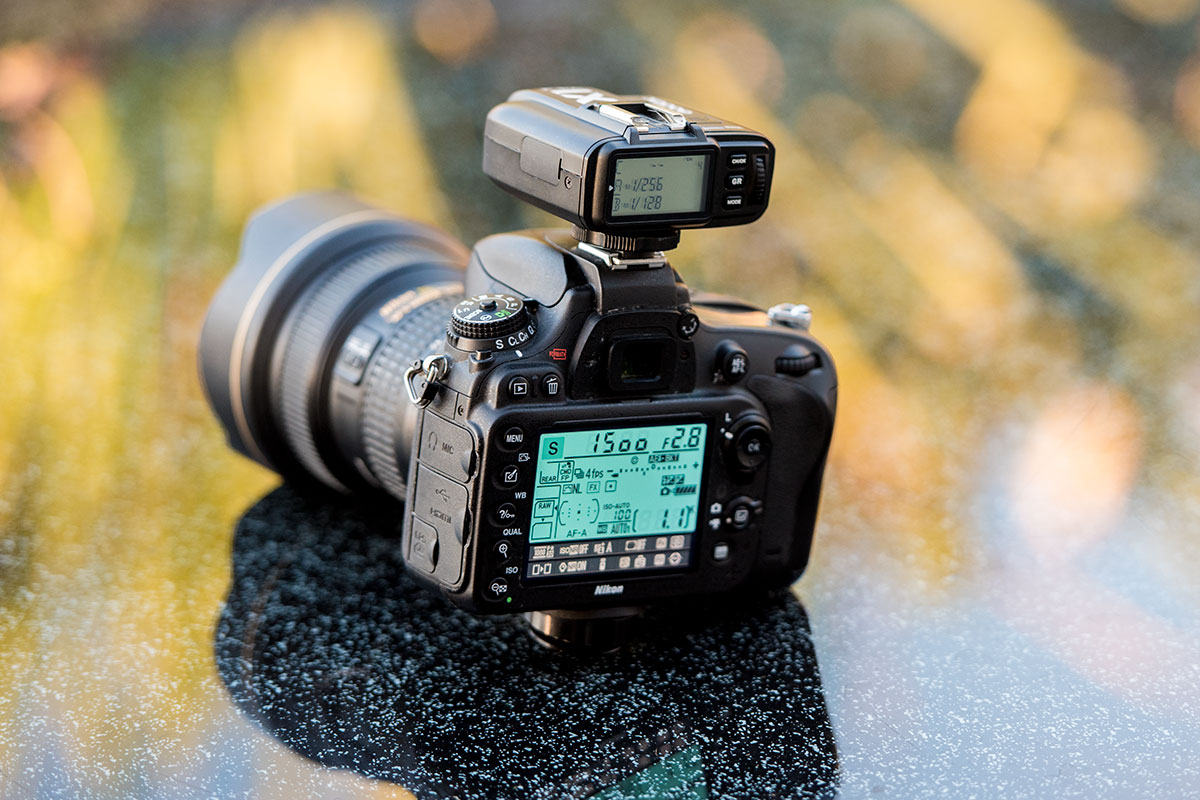
Keeping in mind that these are Off-Camera Flash Pros & Cons by a wedding photographer, the most versatile flash is a camera mounted Speedlight hands down. But then the off-camera flash opens a world of possibilities. Off-camera flash is a useful addition for anyone working in a dynamic shooting situation. When I say dynamic, I mean like a Wedding Photographer. For a high percentage of wedding shots there is no time to be checking every shot and changing set-ups. The bride and groom won’t be delighted to repeat the process just because you were not properly equipped.
This is where effective and efficient flash methods become vital. Lighting conditions are liable to change rapidly throughout a shoot and though ambient light is a natural preference, many scenes require a enhancement.
Camera mounted flash is handy but has some drawbacks. The main issues are the distance limitations, hard light and hard shadows where the background is close. Bouncing light off a white wall or ceiling works wonders to soften the light (that is if you have one).
The off-camera flash with one or more light sources enables greater flexibility and creativity but requires more technical expertise and time for balancing exposures.

Camera mounted speedlight
Flash Support Brackets for Off-Camera Flash
Having a flash on a camera mounted support bracket is not a huge step away from camera mounted flash except that the greater offset reduces red eye. There is a plethora of hot shoe adapters and flash support brackets available on the market.
Remotely located Off-Camera Flash
Having the ability to locate a light source remotely changes the game when it comes to light control. Photography is simply the recording of light so the more control you have over lighting, the more control over the outcome. This control is only limited by the gear being employed.

Sink Cord to Speedlight
Camera to Flash Sink Cord (Cable) Communications
It didn’t take long for me to figure out that cables to remotely located flashes are out of the question. They may be OK in a studio but in a dynamic shoot the cables are a safety hazard and way too much work moving around.
On-Camera Optical and Infrared
The next step for me was to utilise on-camera flash as an optical trigger for the off-camera flash. Triggering this way works when the off-camera flash is nearby but the range is frustratingly short and triggering can happen from other flash cameras (e.g. mobile phones) using up your power at a crucial time.
Infrared triggers are essentially the same but use a lower light frequency. The main downside with Infrared triggering is that the flash requires line of sight to work reliably.
Off-Camera Flash Pros & Cons – Wireless Flash
I finally put my hand in my pocket and succumbed to investing in wireless triggers. As soon as I started using wireless triggers, I wish I had done this from day one.
Wireless has a much larger range than the previous methods and using multiple flashes is a breeze.
One of the big advantages of wireless is that there are multiple channels available so third party triggering can be eliminated. Each light can be assigned a different channel or group within a channel. Assigning different channels means that the photographer can swing from one set-up to another by changing channels at the camera.
Grouping of lights within a channel allows different outputs from each light.

Wireless trigger mounted on hot shoe